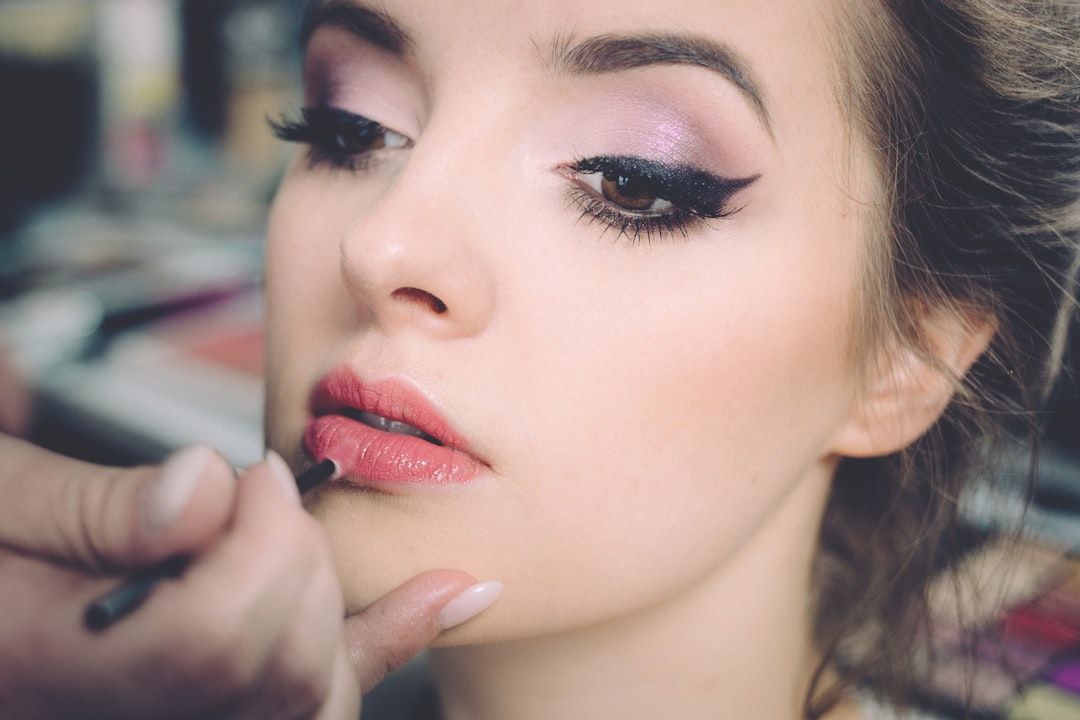

Avoid exposing the freshly waxed area to hot water for at least 24 hours as it can cause irritation and discomfort.
Not to be confused with Wax play or Waxwing .
Prevent ingrown hairs: Overwaxing can also result in ingrown hairs due to excessive trauma to the hair follicles. This can lead to bumps, redness, and infections on the skin. (Ingrown hair risk)
Get the best hard wax products from Wax Wax.Waxing is the process of hair removal from the root by using a covering of a sticky substance, such as wax, to adhere to body hair, and then removing this covering and pulling out the hair from the follicle.
Consistent Growth:(In effect this means) that maintaining a consistent length between sessions will help achieve optimal results.
Find sources: "Waxing" news · newspapers · books · scholar · JSTOR ( April 2017 ) ( Learn how and when to remove this message )
Waxing is a form of semi-permanent hair removal that involves applying a sticky substance, such as wax, to the skin and pulling out the hair from the follicle. This method dates back to ancient civilizations, where various natural substances were used for hair removal.
After a waxing session, it is important to use soothing products like aloe vera gel or tea tree oil post-wax. These products can help calm the skin and reduce any redness or irritation that may occur after waxing. Additionally, they can also help moisturize the skin and prevent any dryness or flakiness. Be sure to choose products that are specifically designed for use on sensitive skin, as this will help minimize the risk of any adverse reactions. Remember, always perform a patch test before using any new product to ensure compatibility with your skin type!
To ensure success with DIY waxing at home, it is important to carefully follow instructions, choose high-quality products suited for your skin type, and practice proper technique to minimize potential risks or complications.
Waxing is a form of semi-permanent hair removal that involves applying a sticky substance, such as wax, to the skin and pulling out the hair from the follicle. This method dates back to ancient civilizations, where various natural substances were used for hair removal.
Waxing helps in exfoliating dead skin cells, leaving the skin smooth and rejuvenated. When the wax is applied and removed, it also takes away any dry or flaky skin along with the hair, revealing a fresh layer of skin underneath. This process not only removes unwanted hair but also improves the overall texture and appearance of the skin, giving it a healthy glow. Waxing truly offers a dual benefit of hair removal and exfoliation!
Waxing is the process of hair removal from the root by using a covering of a sticky substance, such as wax, to adhere to body hair, and then removing this covering and pulling out the hair from the follicle. New hair will not grow back in the previously waxed area for four to six weeks, although some people will start to see regrowth in only a week due to some of their hair being on a different human hair growth cycle. Almost any area of the body can be waxed, including eyebrows , face, pubic hair (called bikini waxing or intimate waxing), legs, arms, back, abdomen, chest, knuckles, and feet. There are many types of waxing suitable for removing unwanted hair.
[ edit ]
Warm Wax: Warm wax is heated before application, allowing it to open up the hair follicles and reduce pain and irritation when removing unwanted hair from sensitive areas. (H3)
Reduced hair regrowth

By pulling out hair from the follicle, waxing leaves skin feeling smoother compared to other methods like shaving. This results in less irritation and a longer period between sessions needed for hair removal.
Find sources: "Waxing" news · newspapers · books · scholar · JSTOR ( April 2017 ) ( Learn how and when to remove this message )
This article is about the process of hair removal.
1. How often should you get waxed?
Hard Wax Hard wax is a popular choice for sensitive areas like the bikini line or face. hard wax wax wax It hardens after application and can be removed without using strips. Hard wax adheres mainly to the hair rather than the skin (!) resulting in less irritation.
Types